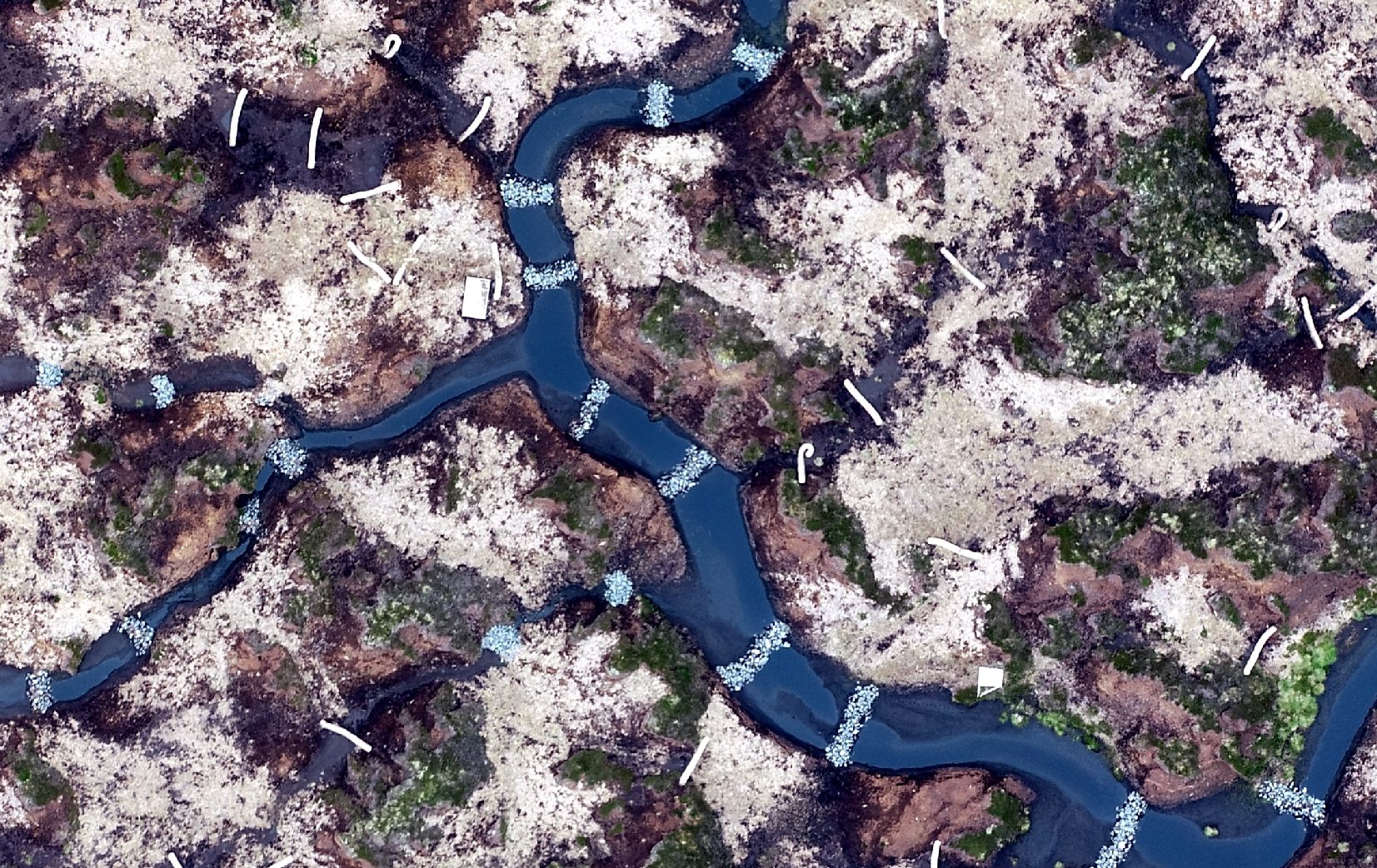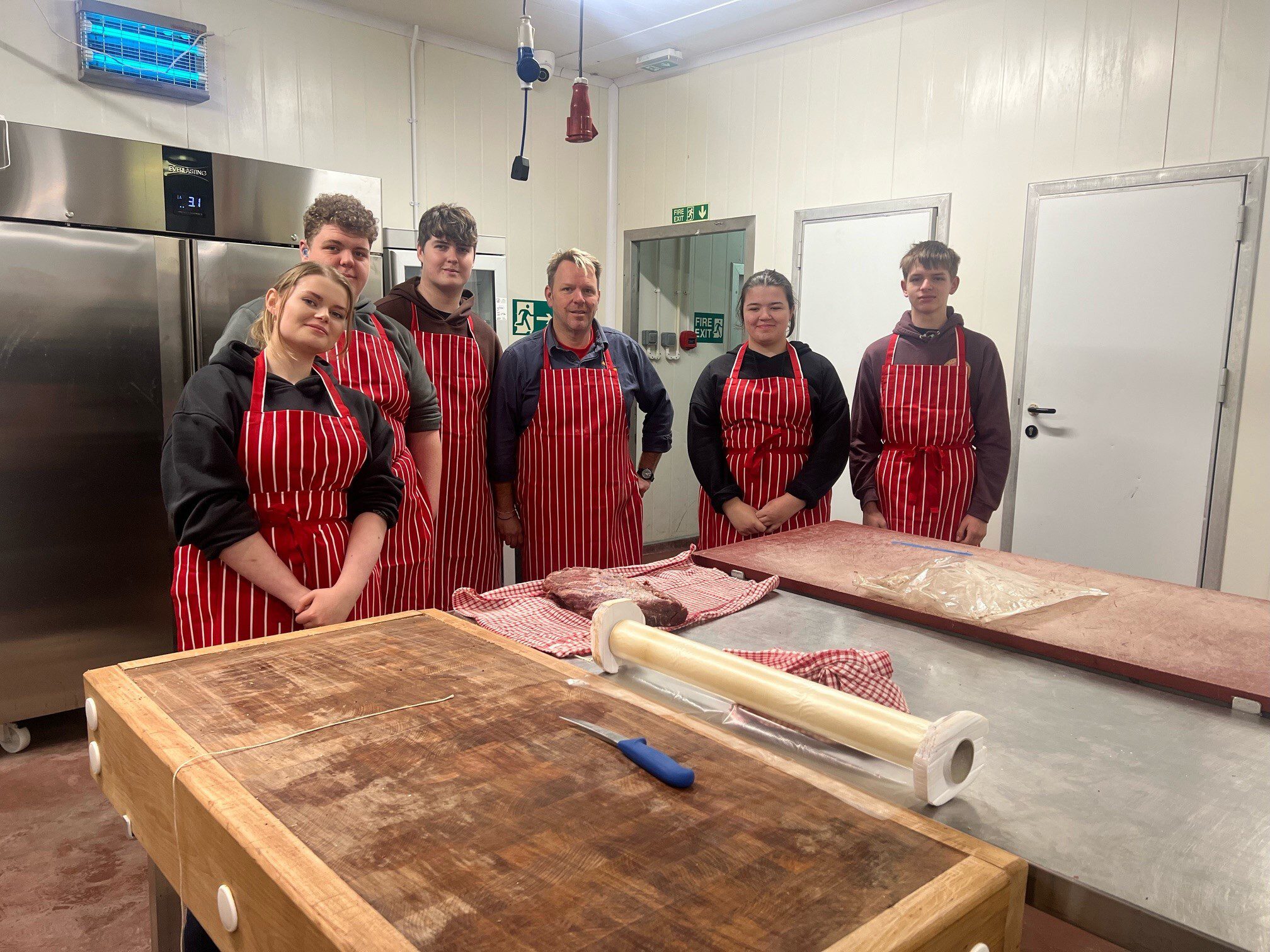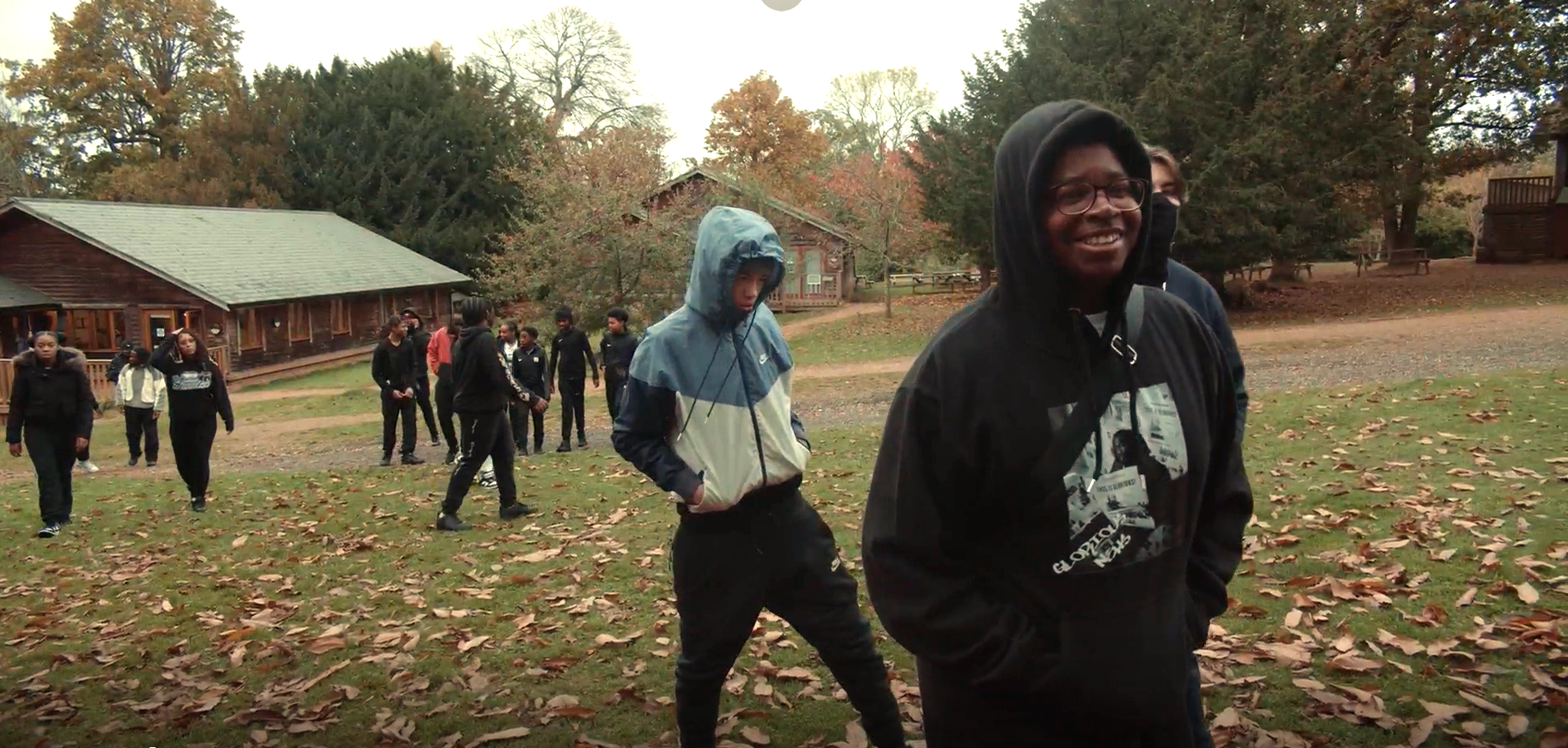Looking back to look forward
The UK’s National Landscapes have an ambitious vision of a nation where people and nature thrive together by 2050. We’ve published a working paper about what a National Landscape might look like in 2050, and a briefing on how we can get there, but how do we know that we can make this work? Well, experience… National Landscapes teams are trusted local partners with decades of experience of delivering habitat restoration projects, supporting farmers to balance food production and nature conservation and working with communities to improve access. Join us for a walk through three of the National Landscapes network’s greatest hits and browse our case studies for many more success stories.
Nature restoration - peatland magic
Peatland is a magical habitat. It’s home to many amazing creatures, including some of the UK’s most iconic and threatened bird species: golden plover, skylark, red grouse and curlew. It’s nature’s water filter and flood defence, holding up to 810 litres of water per square meter. Despite only covering 3% of the Earth’s land area, it stores up to 30% of its soil carbon, and when peat is damaged, this is released into the atmosphere, contributing to climate change. As a nation, we need to look after and repair our peatlands then, not just because they’re incredible places for nature, but because they save us money by reducing flood risk and help in the fight against climate change.
While the news on peat is not all good, there is cause for celebration in National Landscapes.
National Landscapes are home to a fifth of England’s peatland and North Pennines National Landscape is home to over a quarter of the deep stuff: blanket bog.
Working with local partners, National Landscapes teams in North Pennines, Nidderdale, Forest of Bowland, Cornwall and Shropshire Hills now have almost a third of the peatlands within their areas in restoration, with a target to have over half in restoration by 2050.
You can find out more about peatland restoration work in National Landscapes on the Great North Bog website.

Peatland restoration work in North Pennines National Landscape
Supporting farmers – a real game changer
National Landscapes partnerships own no land, so to deliver their landscape conservation work, they need to have strong local partnerships. National Landscapes teams have built relationships with landowners and farmers in their areas over many years, helping them to improve access and to develop and deliver ambitious nature restoration projects that take them into higher tier stewardship categories – maximising impact and value.
Jemima Selwood, the North Wessex Downs National Landscape’s Farming in Protected Landscapes Officer helped Charlie Hancock and Kat Herbert of Game Changer Charcuterie to formulate a project that ticks every possible box: nature restoration, social justice, plugging a skills gap, minimising waste and creating something delicious to boot.
An overpopulation of deer in the local area meant that seedlings planted to improve biodiversity were struggling to establish. Farming in Protected Landscapes funding enabled the team to explore a new use for the less desirable cuts of meat, developing venison charcuterie. A second phase of the project saw Game Changer providing training opportunities for young butchery students from Swindon and other urban centres – astoundingly the only hands-on experience they get during their whole three-year course.
Charlie says of the work they did with Jemima: “It’s no exaggeration to say that without the FiPL funding, we wouldn’t have been able to build the academy. More than this though, without Jemima’s advice and enthusiasm, we wouldn’t even have had the confidence to develop it as an idea.”
Read the full story of Game Changer and find out more about Farming in Protected Landscapes projects throughout National Landscapes network.

Young butchery students have been able to build their skills through the Game Changer Academy
Improving access, improving wellbeing
Ensuring that everyone can enjoy National Landscapes is work that takes many forms, from improving rights of way infrastructure, providing better signage or wheelchair accessible routes, to community outreach projects which support people to explore the countryside, some for the first time. There is clear evidence that people who connect with nature have lower rates of mental and physical ill-health, reducing cost to the NHS, and are much more likely to take an active role in caring for nature.
An inspiring example of how National Landscapes teams have widened access is the Generation Green 2 project. Ten National Landscapes teams hosted 2700 outdoor experiences for children and young people from some of the most deprived areas of England over a ten-month period in 2024/25. The results were transformative – watch our project wrap film.
As a young person from the Ment4 mentoring programme who took part in the Generation Green 2 project in Surrey Hills National Landscape said:
“I feel like I don’t need to be inside Croydon or London. I can do new things outside of my area. And because here, there’s not much internet I can do more things, I don’t always have to be using my phone, I can find new things to do.”

Young people from Croydon enjoyed outdoor activities and crafts in Surrey Hills National Landscape
Building on a legacy of success
National Landscapes teams have so much to shout about but there is so much more to achieve; our vision for 2050 gives an inspiring view of what these places will give back to a nation that invests in them. Explore more of our work below or through the case studies tab on our news page.



